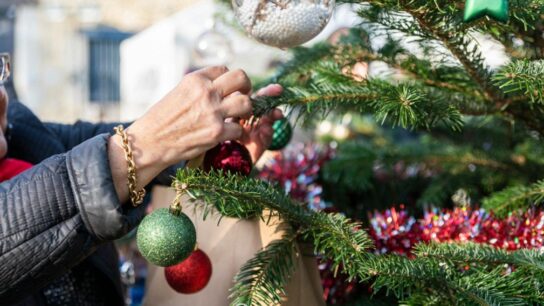The History of Twelfth Night Christmas Ornaments
Twelfth Night, also known as Epiphany, is celebrated on January 6th and marks the end of the Christmas season. It is a time for feasting, merriment, and exchanging gifts. One of the most beloved traditions of Twelfth Night is the hanging of Christmas ornaments.
Twelfth Night ornaments are typically made of glass or porcelain and feature intricate designs. They are often adorned with glitter, jewels, and other decorative elements. The origins of these ornaments can be traced back to the Middle Ages when they were used to decorate the Christmas trees of the wealthy.
Over time, the tradition of Twelfth Night ornaments spread to other parts of Europe and eventually to America. Today, they are a cherished part of the holiday season and are often passed down from generation to generation.
Twelfth Night Ornaments and Other Holidays
While Twelfth Night ornaments are specifically associated with Christmas, they also connect to other holidays, such as Passover and spring break.
Passover, which typically falls in late March or early April, is a Jewish holiday that commemorates the liberation of the Israelites from slavery in Egypt. During Passover, families gather together for a Seder meal and tell the story of the Exodus. Many Jewish families also decorate their homes with special ornaments and decorations.
On the other hand, spring break is a secular holiday celebrated by students and young adults in the United States. It typically falls in March or April and is a time for rest, relaxation, and travel. Many people choose this time to take a break from school or work and enjoy the warmer weather.
While Passover and spring break may seem like vastly different holidays, they share a common theme with Twelfth Night: celebrating new beginnings. Just as Twelfth Night marks the end of the Christmas season and the beginning of a new year, Passover and spring break are celebrations of new beginnings and fresh starts.
In conclusion, Twelfth Night Christmas ornaments are a beloved tradition deep in history and culture. They are a beautiful decoration and a symbol of new beginnings and hope for the future. Whether you celebrate Twelfth Night, Passover, spring break, or any other holiday, these ornaments remind you of the importance of tradition and the joy that comes with the start of a new year.



